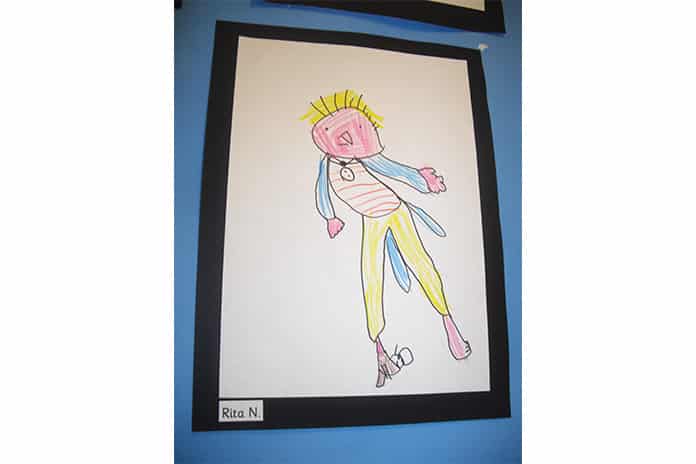The Early Years coordinator at Dallington School in Islington on the importance of encouraging young artists
The children I have taught over the years arrive having already had a range of different experiences when it comes to art. Some children immediately experiment and explore and think creatively when they are making or drawing, others do not want to get paint on their fingers, or say, “I can’t do it!”
As my teaching career continues, I have come to question how we as adults influence children’s attitudes to art. Often talking to parents and practitioners gives an insight into how their own experiences at school, or their outlook on art, has an impact on how they approach the subject with their children. I have heard people say: “It doesn’t look like anything, it’s a scribble.” I then spend time explaining that the “scribble” is where the child is at developmentally, and that the child has just told a whole story while making those marks. I also hear parents describe how they felt they were not very good at art at school and, therefore, they don’t know how to go about teaching their own children. So, I ask, did someone along the way dismiss attempts they had made as a child, squashing confidence?
There is great value in allowing children to express themselves, to make choices about the media they wish to use, to learn through the process of creating and to make discoveries along the way and to praise each child’s artwork. Those early “scribbles” and the freedom to make them, and for them to be valued, cannot be emphasised enough.

If opportunities do not arise, does the child miss a stage of building up a repertoire of marks? Can this gap then be filled at a later date? As early years educators we can do that to a degree, and provide opportunities, but children also need those opportunities at home, too. People have asked me whether the reason a child does not draw or take part in art activities is because they are not interested. I then question why they might not be interested at the age of three! Do they find it difficult or has an adult influenced their desire or opportunity to participate in art-based activities?
When a child shows an adult a drawing, we need to think about our responses. Instead of “What is it?” – which, for a child who knows exactly what they have just drawn, is a little deflating – ask: “Can you tell me about it?” This leads to a far more in-depth discussion. You may be surprised to find those several lines across a page are a ladder going up to a fairy castle or those circles that go round and round are the movement of a car.
Let children create and make a mess – it can be cleaned up, but a child’s confidence takes a lot longer to rebuild.
I am fascinated by the early marks that children make and the insight they give into different areas of development. Their language skills can be heard through their descriptions while drawing. Their physical development can be observed by looking at their self awareness depicted in their figurative pictures or how they hold a brush. Drawings can also depict how a child is feeling. As long as I continue to teach, I hope I will be able to place an importance on art in the early years and recognise all that it can lead to.
Ambika Curbishley, Early Years Coordinator, Dallington School; Dallington School






NO COMMENT